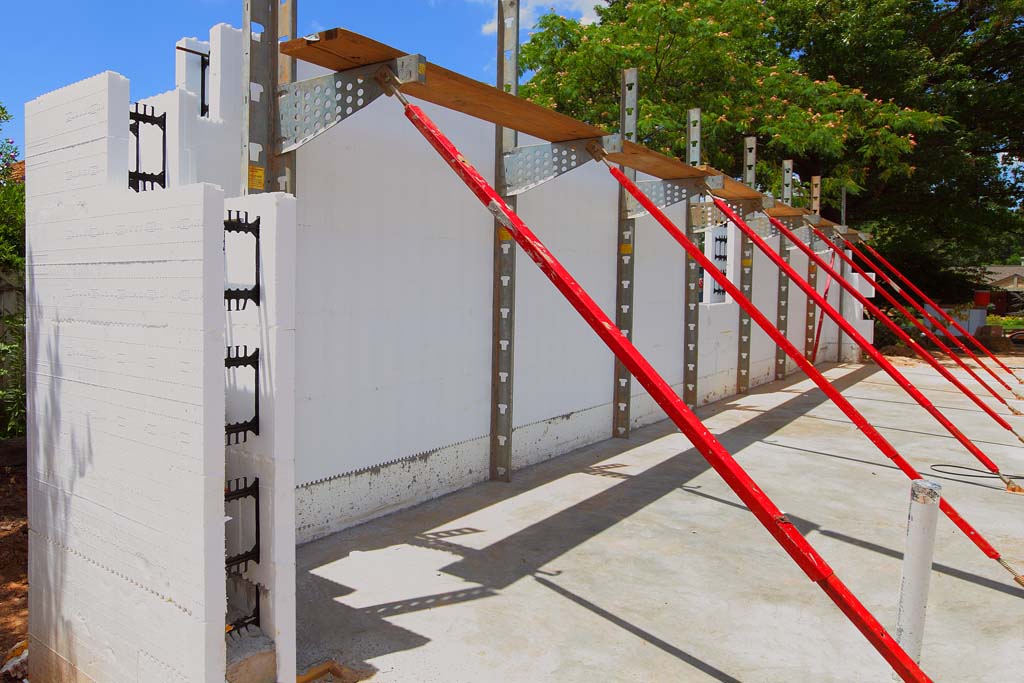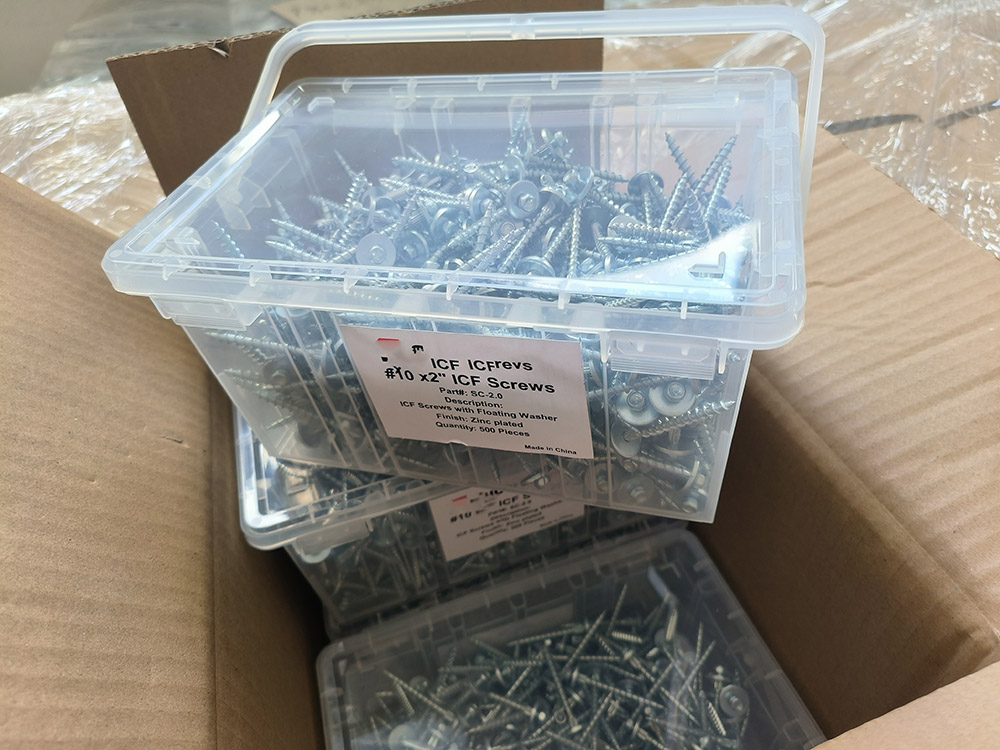Introduction
Ever wondered why something as small as an ICF Screw makes such a big difference in construction? The truth is, when it comes to ICF Screw Installation, even tiny details can determine whether your walls hold strong or face costly setbacks. Contractors, distributors, and builders all deal with the same questions: Which ICF Screw Types work best? How do you avoid stripping foam? What’s the right spacing?

Definition and purpose in insulated concrete form systems
Why they’re different from standard concrete or wood screws
The role they play in securing finishes and attachments
Self-tapping ICF screws: most common choice for speed and ease
Stainless steel ICF screws: corrosion-resistant for long-term durability
Heavy-duty ICF screws: for demanding structural applications
Galvanized ICF screws: affordable and weather-resistant
Wholesale trends: what distributors should stock in bulk
Correct drill and driver bit selection
Avoiding overtightening and foam damage
Step-by-step overview of proper ICF Screw Installation
Best practices for speed and accuracy
Common mistakes and how to avoid them
Standard spacing recommendations for walls and panels
Factors that change spacing (wall height, load requirements)
How screw length and diameter impact performance
Drill types and torque settings
Screwdriver bits designed for ICF Screw heads
Using a thread gauge or sizing chart for accuracy
Bulk tool recommendations for contractors and wholesalers
Stripped foam during installation
Rust or corrosion problems
Misaligned attachments
How to choose the right ICF Screw Type to prevent these issues

How do I choose the right ICF Screw Type for a project?
What’s the difference between stainless steel and galvanized ICF Screws?
Can standard concrete screws replace ICF Screws?
What bulk packaging sizes are best for wholesalers?
Do different ICF brands require different screw types?